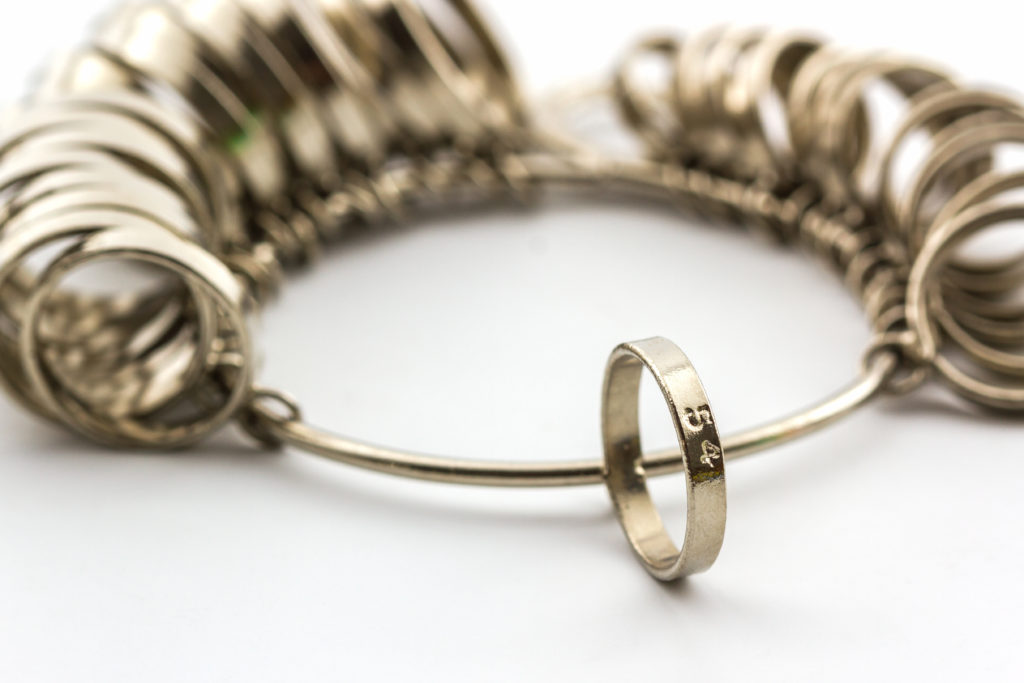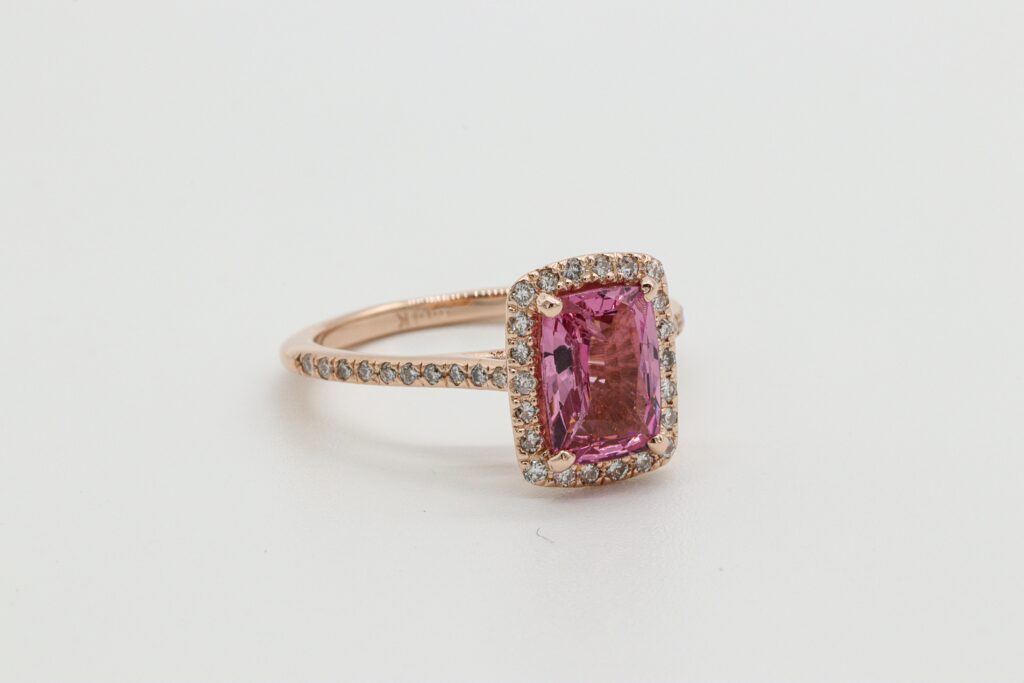Jewelry for Athletes: The Do’s and Don’ts of Wearing Sports Accessories
Written by Anna Currell
March 31, 2023
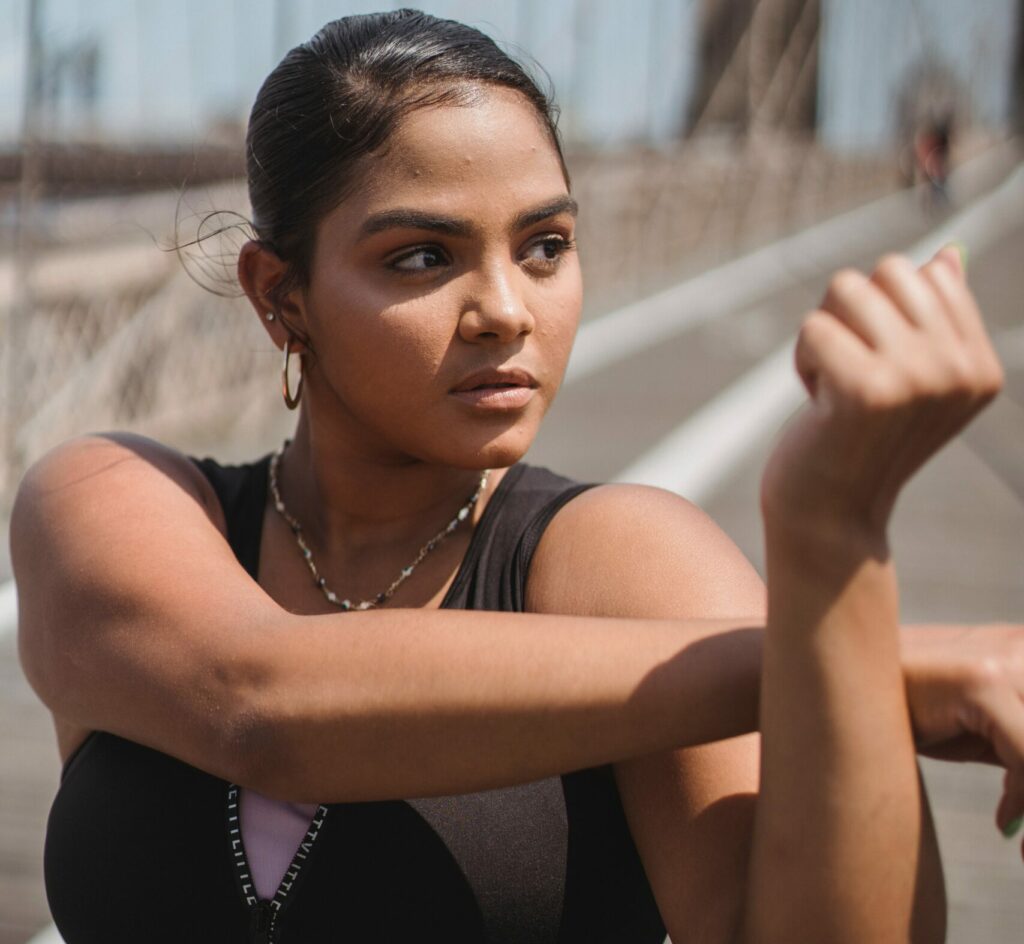
Part of playing any sport well is wearing the right attire; you’ve got to have the right sneakers for long distance running and the right shin pads for soccer. Just like your equipment, you should carefully consider the jewelry you wear as an athlete. When choosing to accessorize while playing sports, your main priority should be everyone’s safety, but you also probably want to make sure you feel amazing and protect your jewelry. In this article, we’ll explore some great jewelry for athletes so you can stay on top of your game — and stay safe, too.
Contact Sports
Contact sports include sports like volleyball, hockey, basketball, baseball, softball, soccer, lacrosse, football, field hockey, and any other activity that involves coming into contact with other people. Contact sports athletes should avoid wearing any jewelry that can get caught on clothing, equipment, or other players. This includes earrings, necklaces, bracelets, and rings. Ring avulsions can happen when your ring gets stuck on something, for example; they are not fun and they can potentially injure your finger very badly.
A good rule of thumb is to remove all jewelry before playing any contact sports. If you really can’t bear to be without your wedding ring, consider wearing a silicone ring instead. These make great jewelry for athletes because they’re soft and flexible, and can easily break away in case they get caught on something, reducing the risk of injury.
Cycling
Cycling often involves a lot of speed and wind, so it’s best to avoid wearing any jewelry that can get swept away. Dangly earrings might bother you while you’re wearing a helmet, and bracelets can be annoying if they get in the way while you’re clutching your handlebars or brakes. You probably also want to avoid necklaces that could get caught on clothing or fly up in your face while you’re riding. Instead, find an awesome sweat-proof watch that fits comfortably on your wrist; many of them even have GPS capabilities to track your rides and monitor your heart rate. You can even get a few fun wristbands to switch up your look and match your fit!

Gymnastics and Cheerleading
Gymnastics and cheerleading involve a lot of flipping, tumbling, and flying in the air, so it’s important to avoid wearing any jewelry that can get caught or cause injury. It’s a good idea to avoid wearing any earrings, necklaces, bracelets, and rings, especially if they don’t fit very tightly to the body, since they can cause you harm if you land the wrong way or if they get caught on your clothing (or someone else’s!).
Racquet Sports
Racquet sports like tennis, pickleball, paddle ball, and badminton require a lot of grip strength and movement, so wearing rings or loose bracelets might be uncomfortable or even dangerous. It’s also smart to avoid jewelry that could get tarnished, lost on the court, or stuck on clothing (or even in your racquet strings).
But there are plenty of options for safe jewelry on the tennis court. In fact, there’s even a type of bracelet named for the sport! Tennis bracelets got their name from Chris Evert, who famously lost her bracelet during the U.S. Open in 1978 and paused the match to look for it. After that, it was hard to find a tennis court that wasn’t sparkling with diamond bracelets. Have fun styling yourself for the court; just be extra careful and don’t wear anything that you’d be afraid to lose or break.
Running and Track
While there isn’t as much contact with other people or objects while running, you should still err on the side of caution when choosing jewelry to wear; delicate or dangly pieces like necklaces, bracelets, or earrings can get stuck on your clothing or long hair.
You should also consider choosing jewelry that won’t get tarnished by sweat. If you do wear jewelry while running, look into getting your pieces e-coated. You can add a layer of transparent protection onto your jewelry so it’s less likely to get damaged or worn by coming in contact with sweat, rain water, and anything else you encounter while running.
Swimming, Diving, and Surfing
When it comes to water sports like swimming, diving, and surfing, it’s best to avoid wearing any jewelry that can get damaged or lost when submerged. Earrings, necklaces, and bracelets can cause underwater distraction or even injury — a necklace or earring tangled in your wet hair is a recipe for disaster. Avoid wearing rings since they can easily slip off your finger and get lost in the water.
Finding a waterproof watch for your water-based activities is a great option. Not only do they come in all kinds of styles, but many of them are specifically made for diving so you can track your swimming distances without worrying about damage. Look into the features that you need most in a watch and then find a waterproof style you love.
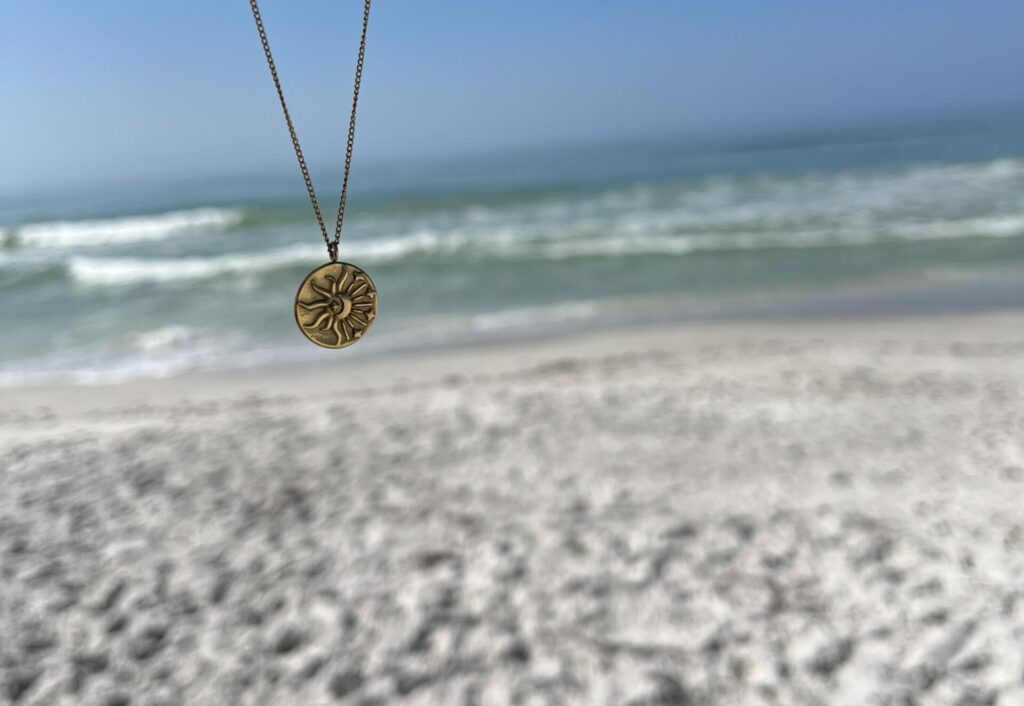
Weightlifting and Strength Training
Weightlifting and strength training often involve handling equipment, so it’s important to be sure that your hands are free from any obstructions. For example, wearing bracelets might distract you with their placement on your wrist while you’re bench pressing, and metal rings can get caught on your weights and injure your fingers. A silicone ring is always a safe choice, or you can wear waterproof e-coated necklaces to wear so that they don’t get tarnished from sweat.
Yoga
Yoga involves a lot of poses that you don’t normally find yourself in, so your jewelry might end up bugging you; dangling earrings or necklaces can hang in your face during downward dog, and rings can dig into your skin while you’re holding a plank. Stud earrings might even bother you if you end up lying on your side, but a silicone ring or waterproof watch should be a good option.
If you’re taking a lighter impact restorative pose yoga class, there’s a lower risk of your jewelry bothering you. Some people prefer to participate while wearing their everyday jewelry, like beaded bracelets, necklaces, earrings, or watches. The important thing is to keep your mind focused on your practice rather than your jewelry.
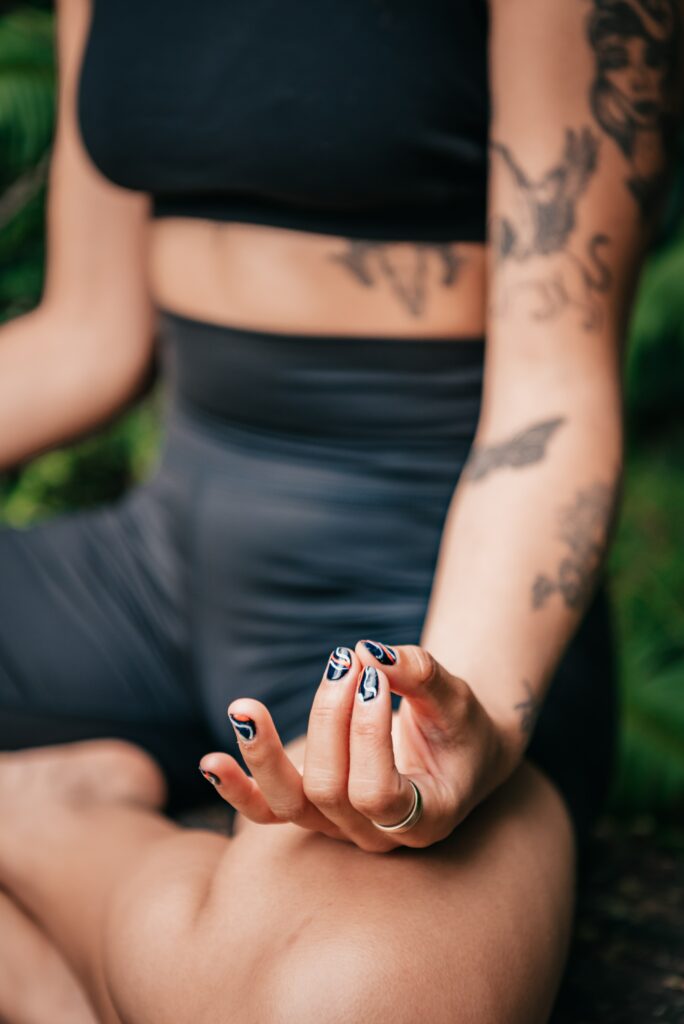
When it comes to jewelry for athletes, it’s important to prioritize safety and comfort over fashion. It may be tempting to wear your favorite jewelry piece while playing sports, but it’s best to avoid wearing any jewelry that can disrupt your movement or injure you (or anyone else). By taking these simple precautions, you can stay on top of your game and enjoy your favorite sports safely and comfortably. If any of your pieces do get damaged during a workout or game, our expert jewelers at Quick Jewelry Repairs can help you restore them; whether you need a clasp replacement, earring back soldering, or prong rebuilding, our team would be happy to help.

